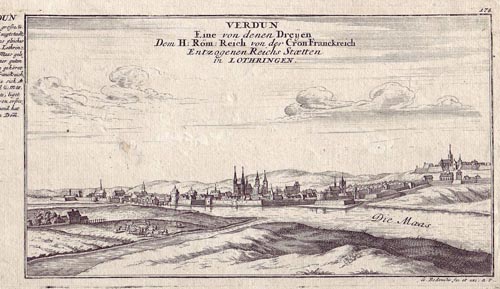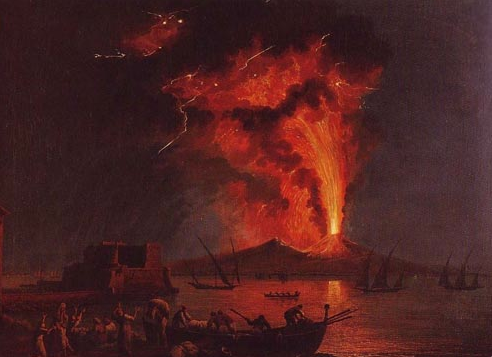I) The Campaign Against the New Insanity
Was Goethe a war artist? The first section of the three-part historical essay, which sheds light on the drawing activities of the poet in connection with his political endeavours, focuses on his participation in the campaign of the monarchist First Coalition against revolutionary France in 1792. Only thirty years later, in the era of post-Napoleonic restoration, did Goethe write down his reports on the turbulent events. His immense picture archive, which also contained many sheets he had drawn himself, served as a decisive memory aid.
Shortly after his call to the court of Weimar, the studied jurist had become the highest paid official and second most important political decision-maker of the small absolutistic state. His contemporary critics – as opposed to those of later years – were highly interested in the question of why Goethe took part in the campaign against France and what he actually did there. It soon turned out that one could not trust the crucial points of Goethe’s own reports. He had destroyed his diary on the way back to Weimar, probably also to do away with records containing explosive contents.
The real reason for his presence there certainly had to do with his double function as a court poet and experienced realpolitiker. To embellish the expected triumph in Paris, the First Coalition could not have found a more suitable chronicler than this phobic enemy of the republicans, who even years after the failure of the counterrevolutionary campaign felt compelled to write a series of embarrassingly tendentious pieces and thus put his poetic potential at the service of antidemocratic propaganda, which was then spread throughout the small states of the old Empire.
The Fall of Verdun marked the decisive turning point in the course of revolutionary events. In Paris, the rumour of the fortress having been handed over to the enemy without resistance led to a panicky unleashing of violence. Nothing of the extreme tension and the concrete horror associated with the siege and bombardment of the Lorraine fortress is imparted in Goethe’s drawings of it. Quite to the contrary: A provocative peace and calm lies over the landscape, which he remembered as “quite pleasant”. The act of war is only vaguely alluded to by the symbol-like figure of a soldier with a shouldered gun in the foreground. The soldier’s posture, however, bears eloquent witness to the self-understanding with which the aristocratic aggressors attacked the country, which was in a state of upheaval. He guards and protects the city in the pose of a shepherd.

Gabriel Bodenehr, Verdun, 1720, Kupferstich (aus : Des Curiosen Staats und Kriegs Theatri am Rhein andere Theil, oder der Untere Rhein) (MePri).

J.W .v. Goethe, Festung Verdun, 1792, Aquarell (Stiftung Weimarer Klassik).
The nineteen existing drawings created during the campaign against France are all examples of the artistic ideal of an heroic edification landscape cleansed of the everyday. In the centre is mostly a fortress meant to symbolise protection and defence. In this pictorial leitmotif, the contemporary critic Ludwig Börne discerned a basic structure of Goethe’s literary work, consisting of walling-in and limiting the reader. Hence, the rising sun over the fortress of Verdun must be regarded not as the glad tidings of a revolution coming from Paris, but, quite to the contrary, as an emblem of the hope for the restoration of the old absolutistic order – which, however, took another twenty-eight years to arrive.
At the time, though, Goethe was feverishly engaged, far away from any promising future prospects, in curtailing the spreading of liberal ideas to the paternalistically ruled small state of Weimar by means of police-state measures.

J. W. von Goethe, Festung Luxemburg, 1792, lavierte Federzeichnung (Stiftung Weimarer Klassik).

J. W. von Goethe, Karlsbad, 1808, Federzeichnung (Stiftung Weimarer Klassik).
– Abriged work. For notes and further details please check the original German version.-
